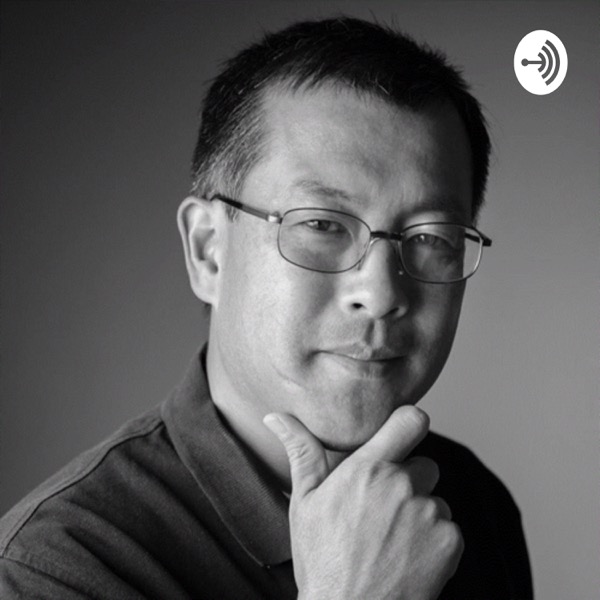How lenr will be used to create hydrogen for cars, homes and manufacturing
ML - The way the world works - analyzing how things work - A podcast by David Nishimoto

Categories:
Energetics new cold fusion, superwave technology, and history Fact: 1. In 2005 water left at room temperature two days earlier had boiled for more than five hours 2. Energetics Technologies saw evidence that 25 times more electric energy was being released than had been put in. Low energy nuclear reaction began to look promising. 3. Naval Research laboratories loaded microscopic nano-particles of palladium with deuterium and in thousands of experiments measured excess heat every time. 4. In 2001, Shaul Lesin and University of California-Berkeley nuclear engineer Ehud Greenspan tested low-energy nuclear reactions in electrolytic cells with varied results. 5. The Energetics used a modulated electric current (superwave) developed by Irving Dardik, who believe that by layering waves of electric current within each other, he could load deuterium into palladium at a great level. “Waves waving within waves” drives the LENR. Superwaves are defined as a low frequency carrying wave with several successive stages of amplitude and frequency modulation. Pulse energy seems to help load more deuterium into the palladium foil. As the palladium becomes saturated with deuterium, the deuterium moves back and forth in the lattice in unison. The more deuterium that is loaded into the palladium the higher the chances of excess heat. 6. In January 2010, Energetics shipped two 16,000 kilogram containers from Israel to Columbia. Seven Israeli researchers moved to Columbia. The incubator will benefit from top flight staff and facilities for testing. 7. Before the technology can be taken to market, consistent out must be achieved. “Sometimes it a little, and sometimes it’s a lot. So clearly we don’t understand the process, and this company and this laboratory is established to achieve reliable results”, says Jake Halliday, CEO of MU Life Science Business Incubator. (Reference Link) 8. Four experimental approaches are being pursued: electrolysis (EC), glow-discharge (GD), gas loading in catalyst cells(CC), and high-pressure high-temperature cell (HPTC) with ultrasonic wave excitation. Run #64b gave 1500% excess heat over a duration of 80 hours with a total excess energy of 4.6 megajoules. The most successful run was obtained in electrolytic cells. The current flowing through an electrolytic cells, or through a glow discharge chamber, was a superwave, a mixture of several low frequency components.
